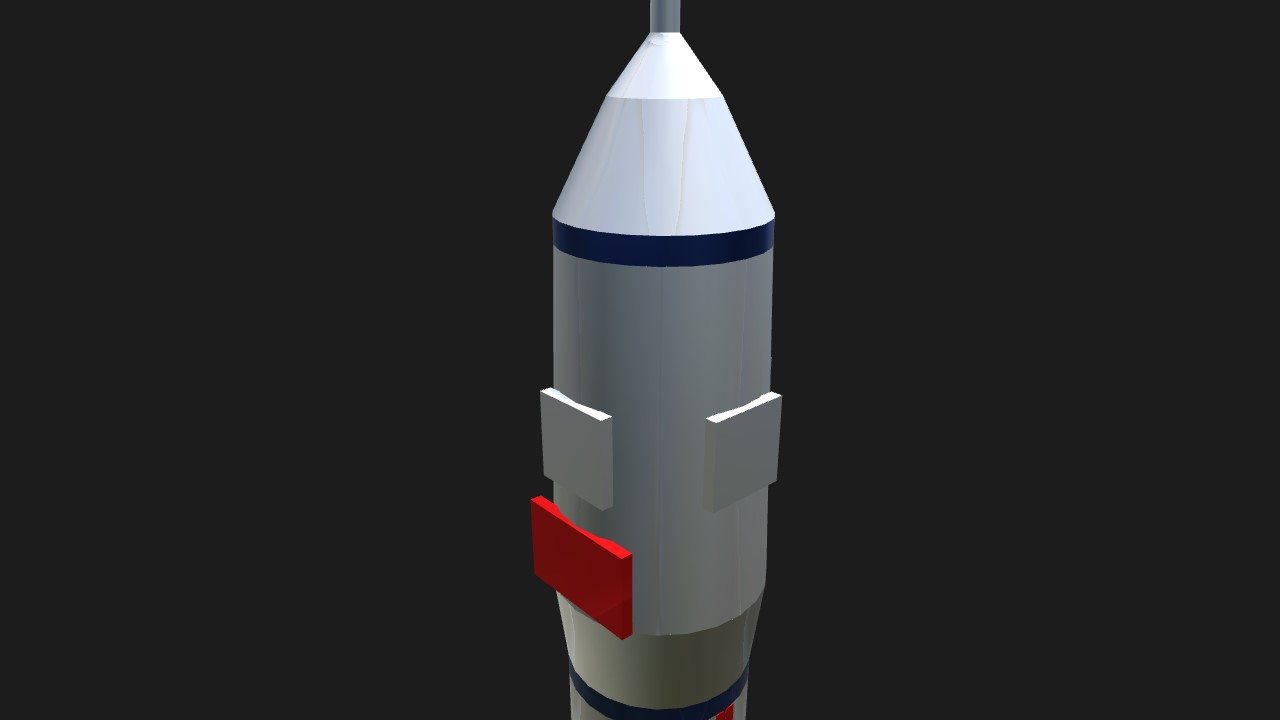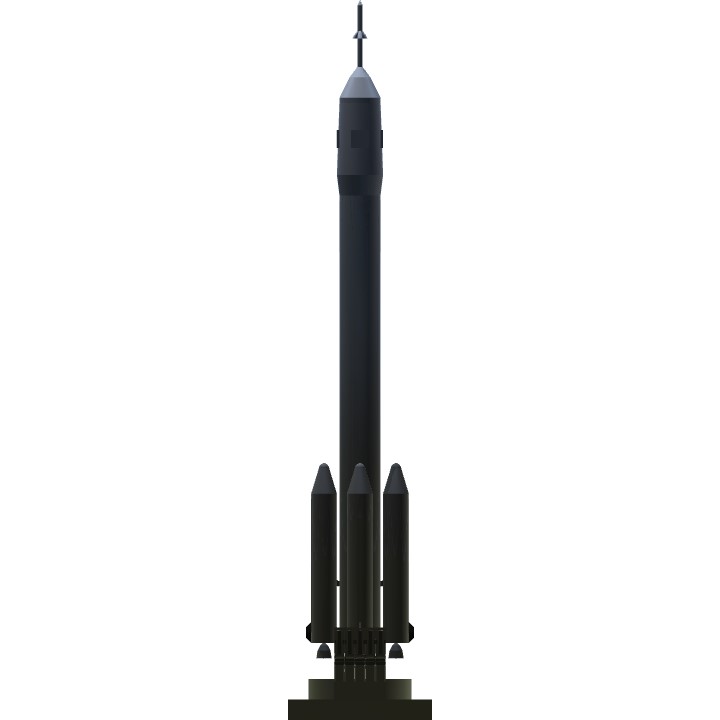Shenzhou 6 was the second human spaceflight of the Chinese space program, launched on October 12, 2005 on a Long March 2F rocket from the Jiuquan Satellite Launch Center. The Shenzhou spacecraft carried a crew of Fèi Jùnlóng and Niè Haishèng for five days in low Earth orbit. It launched three days before the second anniversary of China's first human spaceflight, Shenzhou 5.
The crew were able to change out of their new lighter space suits, conduct scientific experiments, and enter ... the orbital module for the first time, giving them access to toilet facilities. The exact activities of the crew were kept secret but were thought by some to include military reconnaissance, however this is likely untrue given that similar experiments in the US and USSR determined that humans are not suited for military reconnaissance.It landed in the Siziwang Banner of Inner Mongolia on October 16, 2005, the same site as the previous manned and unmanned Shenzhou flights.
read more
Specifications
General Characteristics
- Created On iOS
- Wingspan 23.0ft (7.0m)
- Length 23.0ft (7.0m)
- Height 114.8ft (35.0m)
- Empty Weight 20,185lbs (9,155kg)
- Loaded Weight 24,935lbs (11,310kg)
Performance
- Power/Weight Ratio 2.703
- Wing Loading 3,088.7lbs/ft2 (15,080.6kg/m2)
- Wing Area 8.1ft2 (0.8m2)
- Drag Points 83492
Parts
- Number of Parts 154
- Control Surfaces 4
- Performance Cost 433






